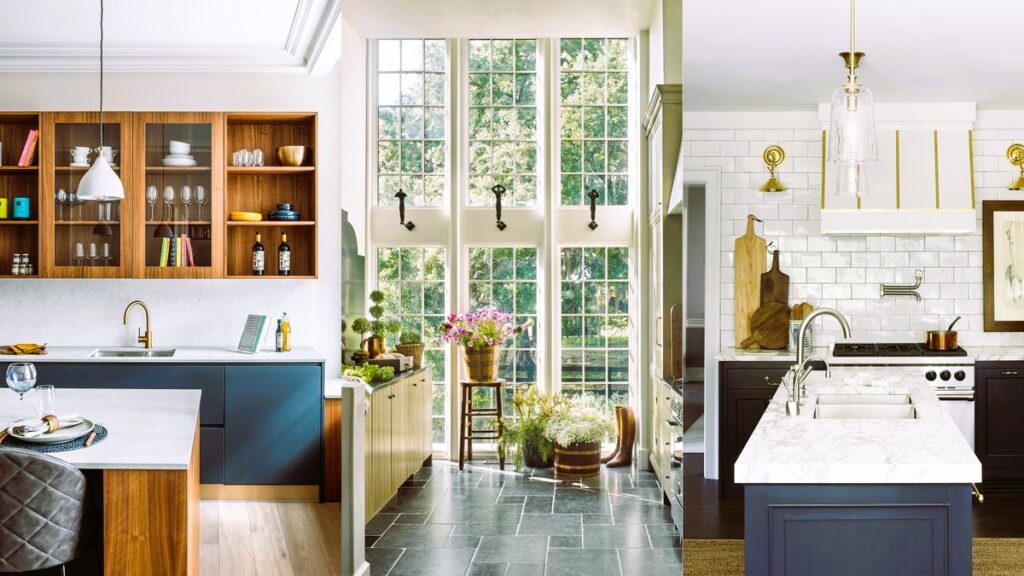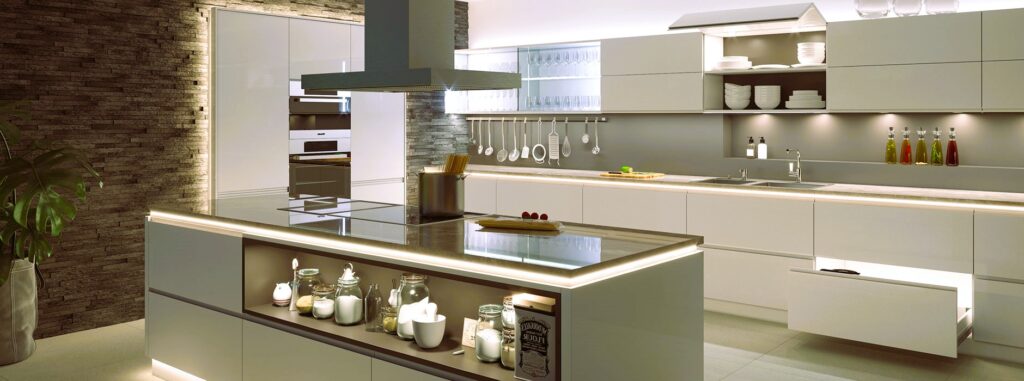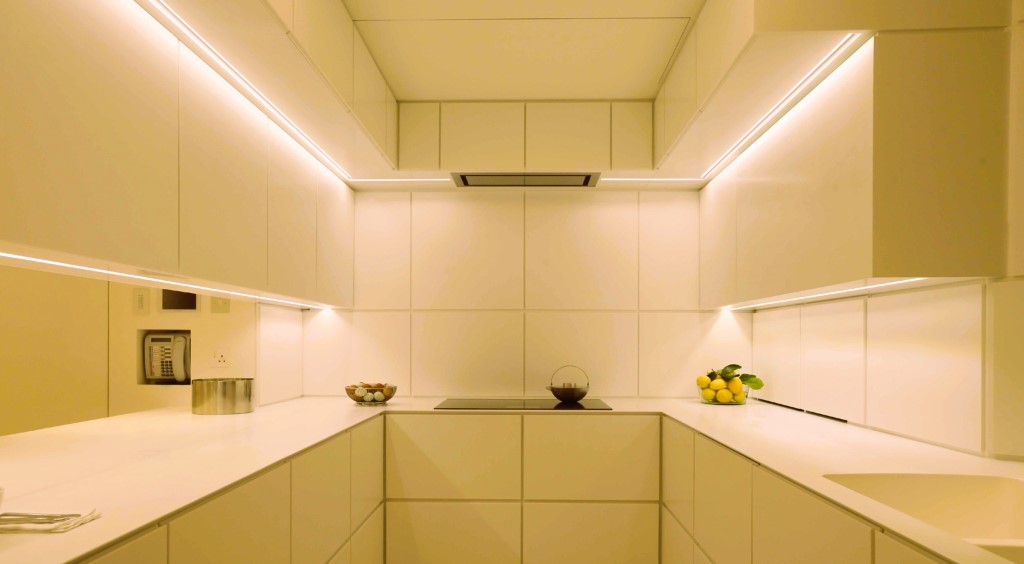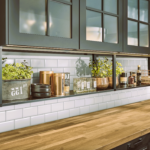How Lighting Can Make or Break Your Kitchen Design
Lighting plays a crucial role in shaping the ambiance and functionality of any space, and the kitchen is no exception. The right lighting design can transform a dull cooking area into a vibrant, inviting space, while poor lighting can hinder both aesthetics and functionality. In this exploration of kitchen lighting, we’ll delve into the various aspects that contribute to a well-lit kitchen and how it can truly make or break your overall design.
1. Understanding the Layers of Kitchen Lighting
Effective kitchen lighting involves creating layers of illumination to address different needs. These layers typically include:
- Ambient Lighting: This is the primary source of light in the kitchen, providing overall illumination. It can come from ceiling fixtures or recessed lights.
- Task Lighting: Focused and directed lighting for specific tasks, such as chopping vegetables or reading a recipe. Under-cabinet lights and pendant lights over the kitchen island are common examples.
- Accent Lighting: Used to highlight specific features or architectural elements, such as artwork or a decorative backsplash.
2. The Impact of Natural Light

Before delving into artificial lighting, it’s essential to consider the role of natural light. Maximizing natural light not only reduces the need for artificial sources during the day but also contributes to a more open and airy feel. Consider large windows, skylights, or strategically placed glass doors to invite natural light into your kitchen space.
3. Pendant Lights: Adding Style and Functionality
Pendant lights have become a popular choice for adding character and task lighting to the kitchen. Whether suspended over the island or the sink, they serve both functional and aesthetic purposes. Choose styles that complement your overall design theme, from modern and minimalist to rustic or industrial.
4. Under-Cabinet Lighting: Practical Illumination for Tasks
Dark countertops and cabinets can create shadows, making it challenging to work on tasks such as chopping or reading recipes. Under-cabinet lighting solves this problem by providing direct light on the countertop, enhancing visibility and reducing eye strain. LED strips or puck lights are popular options for this purpose. 5 best kitchen layouts, read more at the link.
5. Recessed Lighting: Ambient Illumination Done Right
Recessed lights, also known as can lights, offer a clean and unobtrusive way to provide ambient lighting. When strategically placed, they create even illumination throughout the kitchen without cluttering the visual space. Consider dimmer switches to adjust the intensity based on the time of day or mood.
6. Smart Lighting Systems: Convenience and Control
Enter the era of smart home technology, where lighting can be controlled with a simple tap on your smartphone or a voice command. Smart lighting systems, like those compatible with popular platforms such as Alexa or Google Home, allow you to adjust brightness, color temperature, and even create lighting scenes tailored to different activities.
7. Highlighting Architectural Features with Accent Lighting
If your kitchen boasts unique architectural features or artwork, accent lighting can be a game-changer. Whether it’s a well-lit display shelf, art on the walls, or a beautifully tiled backsplash, accent lighting draws attention to these elements, adding depth and visual interest to your kitchen design.
8. Choosing the Right Color Temperature
The color temperature of your lighting can significantly impact the overall mood of your kitchen. Warm tones (around 2700K) create a cozy and inviting atmosphere, while cooler tones (5000K and above) offer a more modern and energizing feel. Consider the activities in different areas of your kitchen when selecting color temperatures.
9. Avoiding Common Lighting Mistakes

While planning your kitchen lighting, be mindful of common mistakes that can compromise your design. Overhead lighting alone can create harsh shadows, insufficient task lighting can hinder functionality, and poor fixture placement may result in uneven illumination. Balance is key to achieving a well-lit and visually appealing kitchen.
10. Resources for Lighting Standards and Guidelines
For those seeking in-depth information on lighting standards and guidelines, platforms like Wikipedia provide valuable insights into industry standards and best practices. Understanding these standards can help you make informed decisions when planning your kitchen lighting design.
Conclusion: Illuminating Your Culinary Haven
In the realm of kitchen design, lighting stands out as a powerful tool that can either elevate or diminish the overall aesthetics and functionality of the space. A well-thought-out lighting plan considers the layers of illumination, harnesses natural light, embraces modern technologies, and pays attention to color temperatures. As you embark on your kitchen design journey, remember that the right lighting can truly make or break the heart of your home.





